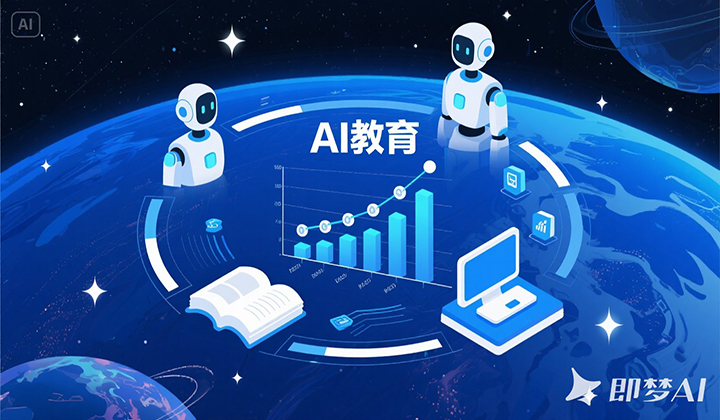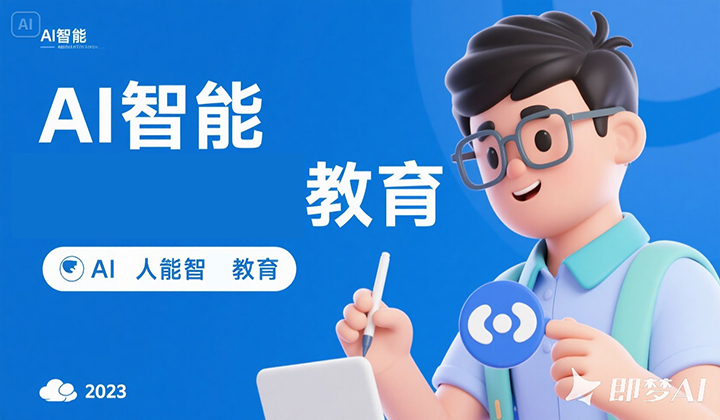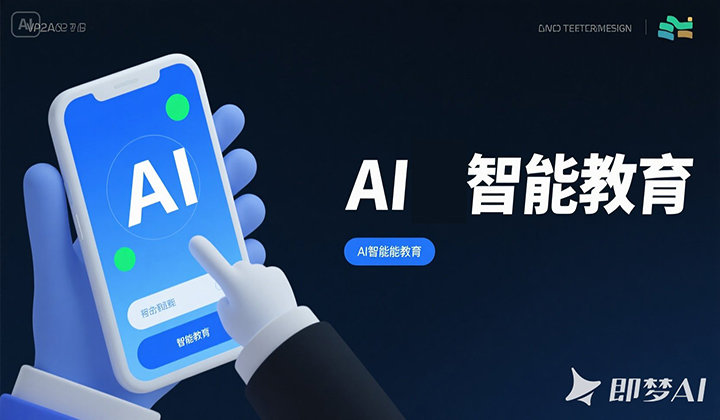Revolutionizing Home Education: The Rise of AI-Powered Learning Companions
江浸月 2025-05-29
In an era where digital transformation reshapes every aspect of life, artificial intelligence (AI) is emerging as a transformative force in education—particularly within the home. Gone are the days when parents faced limited options to support their children’s learning beyond traditional tutoring or static educational apps. Today, AI-powered home education assistants are redefining how families approach learning, offering personalized, interactive, and scalable solutions that bridge gaps in time, expertise, and accessibility.
In an era where digital transformation reshapes every aspect of life, artificial intelligence (AI) is emerging as a transformative force in education—particularly within the home. Gone are the days when parents faced limited options to support their children’s learning beyond traditional tutoring or static educational apps. Today, AI-powered home education assistants are redefining how families approach learning, offering personalized, interactive, and scalable solutions that bridge gaps in time, expertise, and accessibility.
Similarly, an AI learning system dynamically adjusts question difficulty through collaborative filtering and reinforcement learning algorithms, reducing student error rates by 34% and improving learning efficiency by 50%. Such systems not only address academic gaps but also foster self-directed learning—a critical skill for future success.
In mathematics, CoachON Math employs gamified design, where students build virtual cities by answering questions and redeem real-world rewards. This approach has increased daily usage to 1.5 hours and improved test scores by 15 points within two months. Such innovations demonstrate how AI can transform passive learning into an immersive, rewarding experience.
Research from Nature series journals confirms that AI-assisted learning significantly enhances student performance and higher-order thinking skills. However, effective use requires parental involvement. For example, guiding children to use AI as a "thinking coach" rather than a shortcut—asking them to explain solutions or revise drafts based on AI suggestions—strengthens critical thinking skills. Tools like DeepSeek further support this by encouraging scientific questioning and logical reasoning.
Looking ahead, AI assistants will integrate more seamlessly with emerging technologies. VR immersive classrooms, such as Xiamen’s English VR simulations, combine AI feedback with virtual environments to enhance cross-cultural communication skills. By 2030, experts predict AI will become a "cognitive partner," adapting not just to academic needs but also to emotional and social development.
In this brave new world, the question is no longer “Can AI teach?” but “How can AI help us teach better?” The answer lies in leveraging its capabilities to create a holistic, child-centered learning ecosystem—one where every child thrives.
The AI Advantage: Tailored Learning for Every Child
AI’s core strength lies in its ability to analyze vast amounts of data to create customized learning experiences. Platforms like LearnCoach, a New Zealand-based K12 tool, utilize large models to monitor students’ performance in real time and generate personalized lesson paths. Students can choose a "tutoring class" mode, where an AI teacher guides them through problem-solving step by step, or an "interactive video playlist" for self-paced learning, especially useful during exam preparation. This adaptability ensures that children learn at their own pace, whether they need foundational reinforcement or advanced challenges.Similarly, an AI learning system dynamically adjusts question difficulty through collaborative filtering and reinforcement learning algorithms, reducing student error rates by 34% and improving learning efficiency by 50%. Such systems not only address academic gaps but also foster self-directed learning—a critical skill for future success.
Beyond Academics: Building Confidence and Engagement
AI assistants excel in making learning interactive and engaging. CoolE Bot, a Taiwanese AI-powered speech training robot, uses Whisper V3 speech recognition and GPT-4 to generate natural conversations, simulating real-world scenarios (such as medical consultations or business negotiations). Over 30,000 students use it monthly, with reported 25% improvements in oral fluency. By gamifying language practice, CoolE Bot turns repetitive drills into enjoyable challenges, boosting students’ confidence in real-world communication.In mathematics, CoachON Math employs gamified design, where students build virtual cities by answering questions and redeem real-world rewards. This approach has increased daily usage to 1.5 hours and improved test scores by 15 points within two months. Such innovations demonstrate how AI can transform passive learning into an immersive, rewarding experience.
Supporting Parents: A Collaborative Partnership
AI assistants also empower parents by providing actionable insights and reducing the pressure of being sole educators. The AWESOM system, developed by Shanghai Jiao Tong University, uses GPT-4 to analyze essay structure and grammar, offering detailed feedback that helps students improve writing scores from 4.45 to 7.69 (out of 10). Parents can review these reports to guide discussions, fostering a collaborative learning environment.Research from Nature series journals confirms that AI-assisted learning significantly enhances student performance and higher-order thinking skills. However, effective use requires parental involvement. For example, guiding children to use AI as a "thinking coach" rather than a shortcut—asking them to explain solutions or revise drafts based on AI suggestions—strengthens critical thinking skills. Tools like DeepSeek further support this by encouraging scientific questioning and logical reasoning.
Challenges and the Road Ahead
While AI offers unprecedented opportunities, challenges persist. Ensuring equitable access to technology remains a hurdle, as underserved communities may lack resources. Additionally, concerns about data privacy and algorithm bias necessitate robust safeguards. Educators and policymakers are working to address these issues through initiatives like national AI education standards and ethical guidelines.Looking ahead, AI assistants will integrate more seamlessly with emerging technologies. VR immersive classrooms, such as Xiamen’s English VR simulations, combine AI feedback with virtual environments to enhance cross-cultural communication skills. By 2030, experts predict AI will become a "cognitive partner," adapting not just to academic needs but also to emotional and social development.
Conclusion: A New Paradigm for Home Learning
AI-powered home education assistants are not merely tools but catalysts for change. They democratize access to quality education, empower parents, and inspire children to love learning. As Tom Sherrington, a leading education consultant, notes, while AI excels at delivering personalized content, teachers and parents remain irreplaceable in fostering creativity, empathy, and human connection. By embracing AI as a collaborative partner, families can unlock a future where education is not bound by traditional constraints but fueled by innovation and possibility.In this brave new world, the question is no longer “Can AI teach?” but “How can AI help us teach better?” The answer lies in leveraging its capabilities to create a holistic, child-centered learning ecosystem—one where every child thrives.














